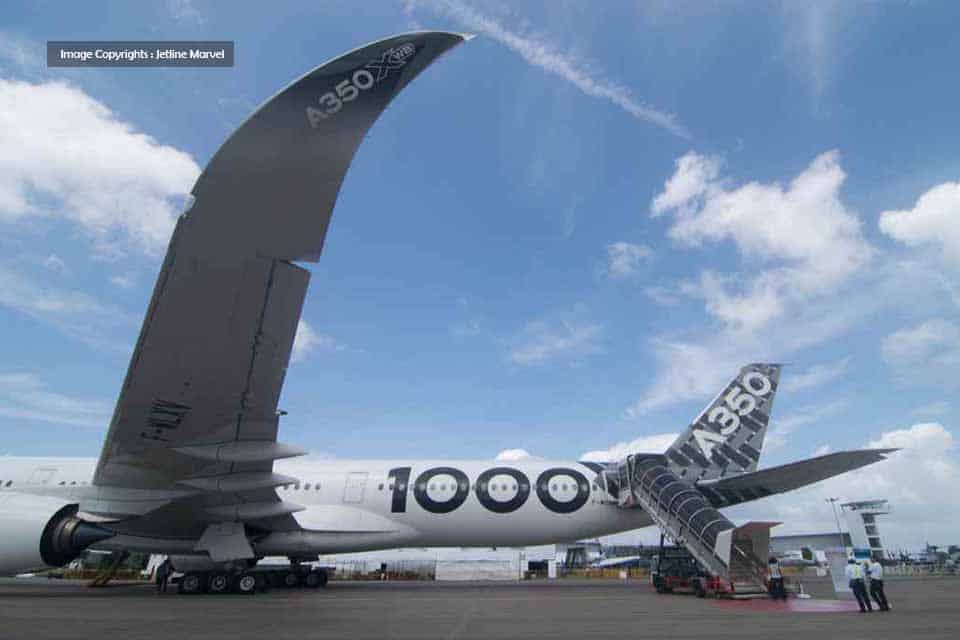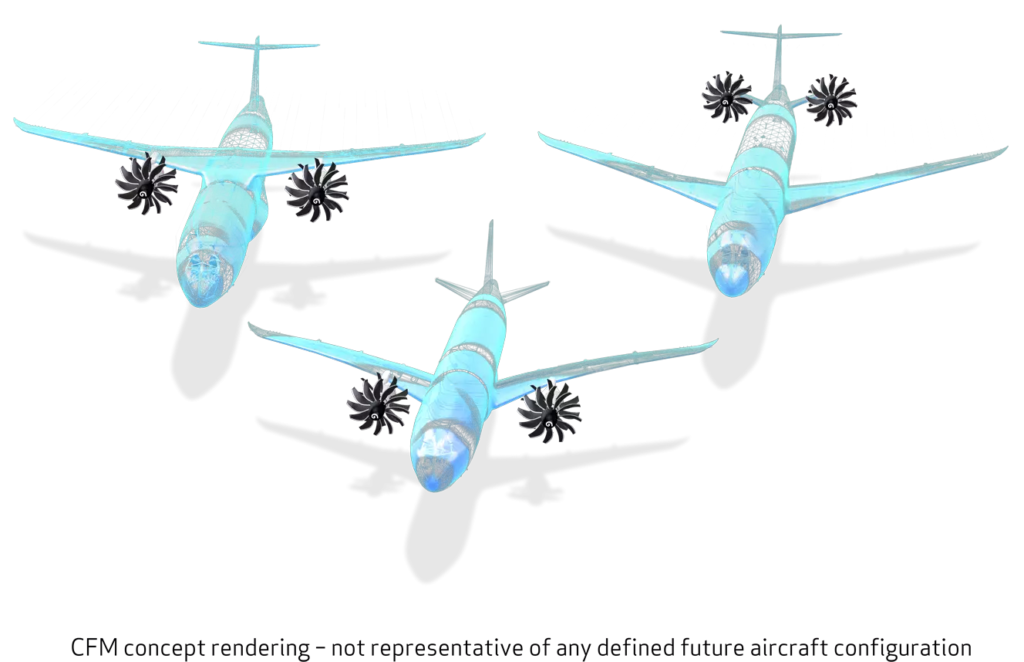Aerospace
Unveiling the Future: A Glimpse into the Next Generation of Airbus Wings

In the ever-evolving realm of aerospace innovation, the future of flight lies in the hands of experts at Airbus, a trailblazer in the pursuit of sustainable aviation. Airbus is at the forefront of revolutionizing aircraft wings. The upcoming generation of wings promises to be a game-changer, drawing inspiration from nature and pushing the boundaries of design to enhance fuel efficiency and reduce emissions.
We previously learned how wings function and manufactured by Airbus in this series on wings. Airbus UpNext eXtra performance wing demonstrator is a new thing we have to learn.
From the creation of wingtip devices to the use of lightweight composites, aircraft manufacturers have made tremendous technological advances over the years.
Consider the A350, Airbus’ most recent widebody. Though its swept profile offers us a glimpse of what lies ahead, it is quietly familiar. Like all Airbus aircraft, the A350’s trailing edge can be adjusted in midair to maximize its aerodynamic profile, much like a bird’s wing. Less drag and weight result from dynamic repositioning, which lowers total fuel consumption.
A Glimpse into Tomorrow’s Skies:
Imagine a new era of passenger aircraft featuring thinner, lighter, and remarkably elongated wings. This transformative design aims to significantly reduce drag, fuel burn, and emissions. Picture a passenger gazing out at these wings and likening them to a glider—a poetic yet accurate representation of the cutting-edge design that could redefine air travel.
Nature as the Guide:
The future wing features “intelligent” surfaces that draw inspiration from nature, adding to its length. These flexible surfaces, like an eagle’s wings, improve the wing’s ability to respond to different circumstances. Based on the natural world’s adaptability, Airbus is investigating the integration of LIDAR technology to automatically adjust the wing.
Innovation Takes Flight
Airbus is already experimenting with nature-inspired adaptable surfaces through projects like the AlbatrossONE small-scale demonstrator. The eXtra Performance Wing demonstrator, launched by Airbus’ technology incubator UpNext, aims to revolutionize wing design by testing ambitious ideas on a Cessna Citation VII business jet platform.
Looking ahead, Airbus contemplates the impact of open-rotor engines on wing design. Three options – ‘normal,’ ‘high,’ and ‘dry’ – pose questions about efficiency, acoustics, and vibration profiles. In the transition to hydrogen-powered aircraft, considerations arise about storing cryogenically-cooled hydrogen in fuselage tanks and the potential for revolutionary aerodynamic shapes in a ‘dry’ wing.
Airbus’ Wing of Tomorrow R&T programme is at the forefront, exploring over 100 technologies that must prove their robustness before shaping the wings of the future. As impassioned discussions and debates unfold, the ultimate destination for Airbus’ wing makers is a new era of aviation with reduced CO2 emissions, efficiency gains, and groundbreaking design choices.

Aerospace
Boeing Transfers Rocket Stage to NASA, Paving Way for Human Moon Mission

Boeing has achieved a significant milestone by providing NASA with the second core stage of the Space Launch System (SLS) rocket.
This crucial component, crafted at NASA’s Michoud Assembly Facility (MAF), is set to propel the Artemis II crew into lunar orbit, marking humanity’s return to deep space after a 50-year hiatus.
The monumental Boeing-built rocket stage, the largest element of the Artemis II mission, will embark on a journey aboard the Pegasus barge, traveling 900 miles to NASA’s Kennedy Space Center.
Comparison of two legendary aircraft B777x vs B747 aircraft:Click here
Upon arrival, it will be meticulously integrated with other essential Artemis II components, including the upper stage, solid rocket boosters, and NASA’s Orion spacecraft within the iconic Vehicle Assembly Building. This intricate integration process is a vital step toward the eagerly anticipated Artemis II launch, slated for 2025.
“Boeing-built products helped land humankind on the moon in 1969, and we’re proud to continue that legacy through the Artemis generation,” remarked Dave Dutcher, vice president and program manager for Boeing’s SLS program. “Together, with NASA and our industry partners and suppliers, we are building the world’s most capable rocket and paving the way to deep space through America’s rocket factory in New Orleans.”
NASA, Lockheed Martin Reveal X-59 Quiet Supersonic Aircraft:Click here
The delivery of Core Stage 2 marks a significant achievement in the evolution of the SLS rocket. Towering over 200 feet and powered by four RS-25 engines, this core stage, coupled with two solid-fueled booster rockets, will generate a staggering 8.8 million pounds of thrust. This immense power is crucial to launching Artemis II and future missions into the vast expanse of space.
The SLS rocket stands unparalleled in its capability to transport both crew and substantial cargo to the moon and beyond in a single launch. Its extraordinary capacity will facilitate the delivery of human-rated spacecraft, habitats, and scientific missions to destinations including the moon and Mars, ushering in a new era of space exploration.
-

 Travel1 week ago
Travel1 week agoAir India to Expand US Operations with Three New Routes After a Decade
-

 Travel2 weeks ago
Travel2 weeks agoWhy We Should Avoid These Stamps in a Passport
-

 Airlines1 month ago
Airlines1 month agoInvestigations Reveal Fake Chinese Titanium in Boeing and Airbus Jets
-

 Tech4 weeks ago
Tech4 weeks agoChina’s CATL Plans 1,800-Mile Electric Plane Launch by 2027
-

 Airport3 days ago
Airport3 days agoTop 10 Largest Airports in the World by Size
-

 Aerospace4 weeks ago
Aerospace4 weeks agoChina’s Fighter Jets Turn Wings into Autonomous Drones
-

 Airlines4 days ago
Airlines4 days agoAir India Rolls Out A350s for Delhi-New York JFK and Newark Routes
-

 Defence3 weeks ago
Defence3 weeks agoBoeing Enhances Chinook with New Engines and Block II Upgrades at $96 Million








